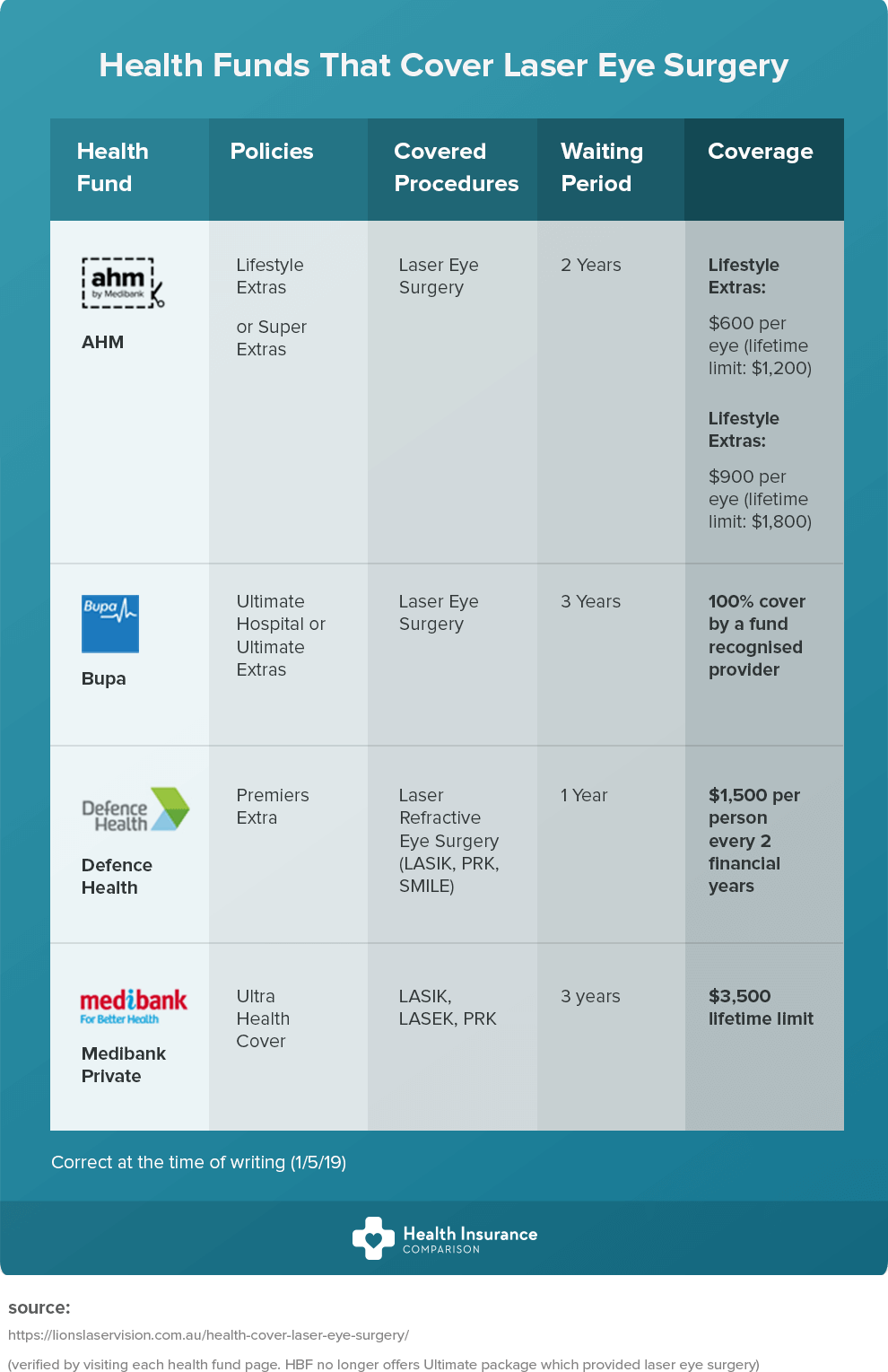Staff Author-McDowell Reece
If you're pondering SMILE eye surgery, consider this: are you prepared to welcome potential visual flexibility, or does the thought of any type of risks make you think twice? Your choice will rest on a cautious equilibrium of weighing the advantages against the unpredictabilities. https://www.dailymail.co.uk/health/article-1174156/The-good-eye-laser-guide-The-pros-cons-things-look-for.html to delve much deeper right into the nuances of SMILE surgical procedure to make an informed selection that aligns with your visual goals.
Recognizing SMILE Eye Surgical Procedure
When taking into consideration SMILE Eye Surgical treatment, it's important to understand the procedure and its advantages. SMILE, which means Little Cut Lenticule Extraction, is a minimally intrusive laser eye surgical treatment that corrects common vision problems like nearsightedness (nearsightedness).
Throughout the procedure, your eye cosmetic surgeon will make use of a femtosecond laser to create a small incision in your cornea. Via this laceration, a little disc of tissue called a lenticule is gotten rid of, improving the cornea and remedying your vision.
Among the vital benefits of SMILE Eye Surgical treatment is its fast healing time. Lots of patients experience improved vision within a day or 2 after the treatment, with minimal discomfort.
Furthermore, SMILE is known for its high success rate in providing long-lasting vision improvement. Unlike LASIK, SMILE does not call for the creation of a flap in the cornea, decreasing the threat of difficulties and enabling a much more secure corneal structure post-surgery.
Comprehending the treatment and its advantages is important when thinking about SMILE Eye Surgical treatment for vision adjustment.
Advantages and disadvantages of SMILE
Considering SMILE Eye Surgery for vision correction includes numerous benefits and potential downsides.
One of the main pros of SMILE is its minimally invasive nature, as it entails a small cut and normally results in fast recovery times. The treatment is also known for creating very little discomfort and completely dry eye symptoms post-surgery compared to other vision modification techniques. Additionally, SMILE has actually been shown to give excellent aesthetic end results, with numerous individuals attaining 20/20 vision or better.
On the other hand, a potential disadvantage of SMILE is that it may not be suitable for people with extreme refractive errors, as the treatment range is rather restricted compared to LASIK. One more factor to consider is that the understanding curve for surgeons carrying out SMILE can impact the schedule of experienced providers in specific areas.
It is very important to weigh these pros and cons thoroughly when making a decision if SMILE is the appropriate option for your vision adjustment requirements.
Figuring Out Qualification for SMILE
To determine if you're qualified for SMILE eye surgery, your ophthalmologist will carry out a thorough examination of your eye health and vision requirements. Throughout this analysis, elements such as the stability of your vision prescription, the density of your cornea, and the general health of your eyes will certainly be evaluated.
Normally, candidates for SMILE more than 22 years of ages, have a secure vision prescription for at the very least a year, and have healthy corneas without conditions like keratoconus.
Your ophthalmologist will likewise consider your general eye wellness, any kind of existing eye conditions, and your lifestyle needs to identify if SMILE is the appropriate selection for you. It's vital to connect any specific visual needs or issues you may have during this analysis to guarantee that the therapy lines up with your assumptions.
If you aren't qualified for SMILE, your ophthalmologist may recommend alternative vision improvement options that much better suit your specific requirements and eye health and wellness condition.
Final thought
Ultimately, deciding whether SMILE eye surgery is right for you requires careful factor to consider of your specific eye health and aesthetic demands. Talk to your optometrist to identify your qualification for the procedure and weigh the potential benefits and downsides. Keep in mind to connect any issues or concerns you might have throughout the assessment process to make an educated choice about your vision improvement alternatives.

